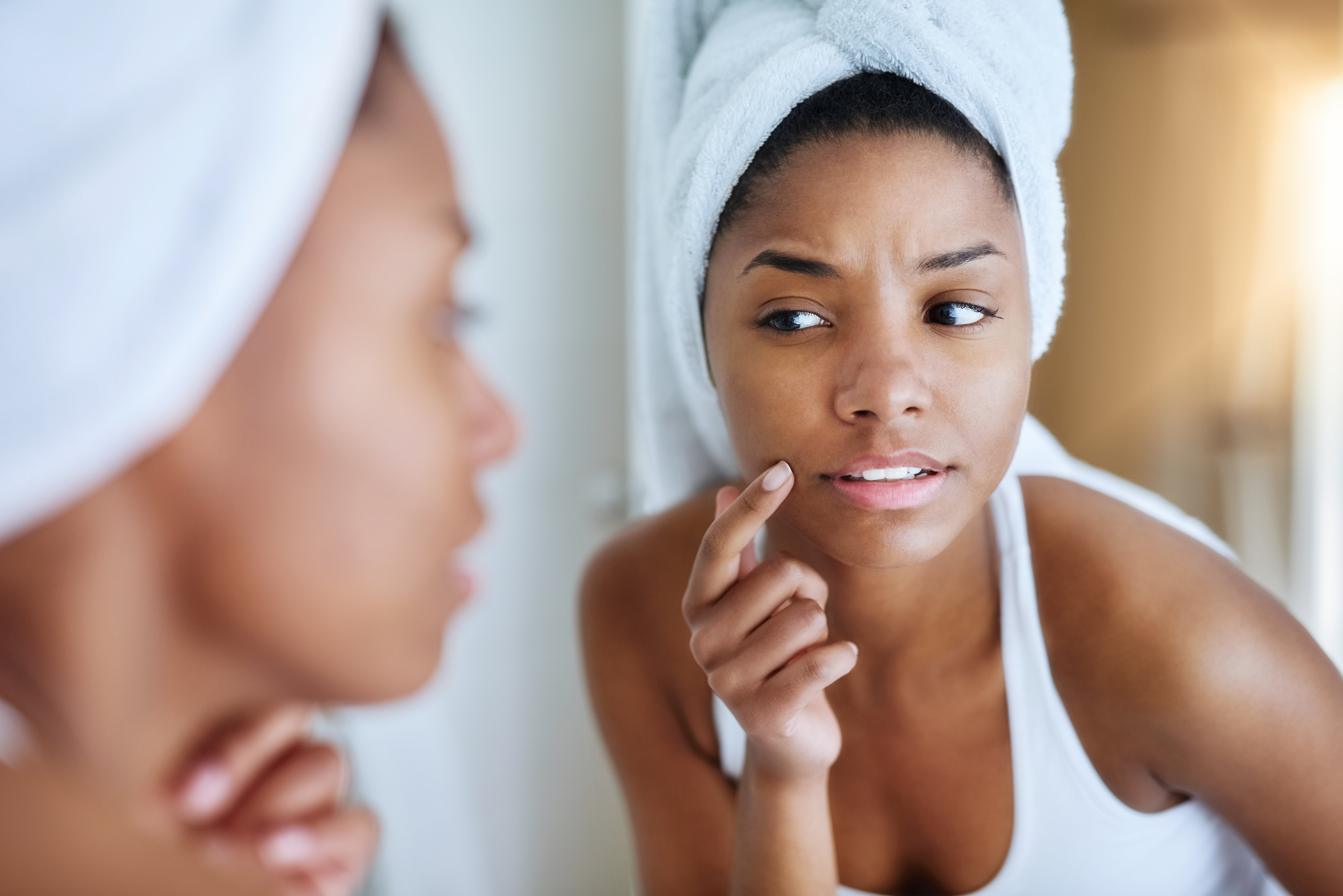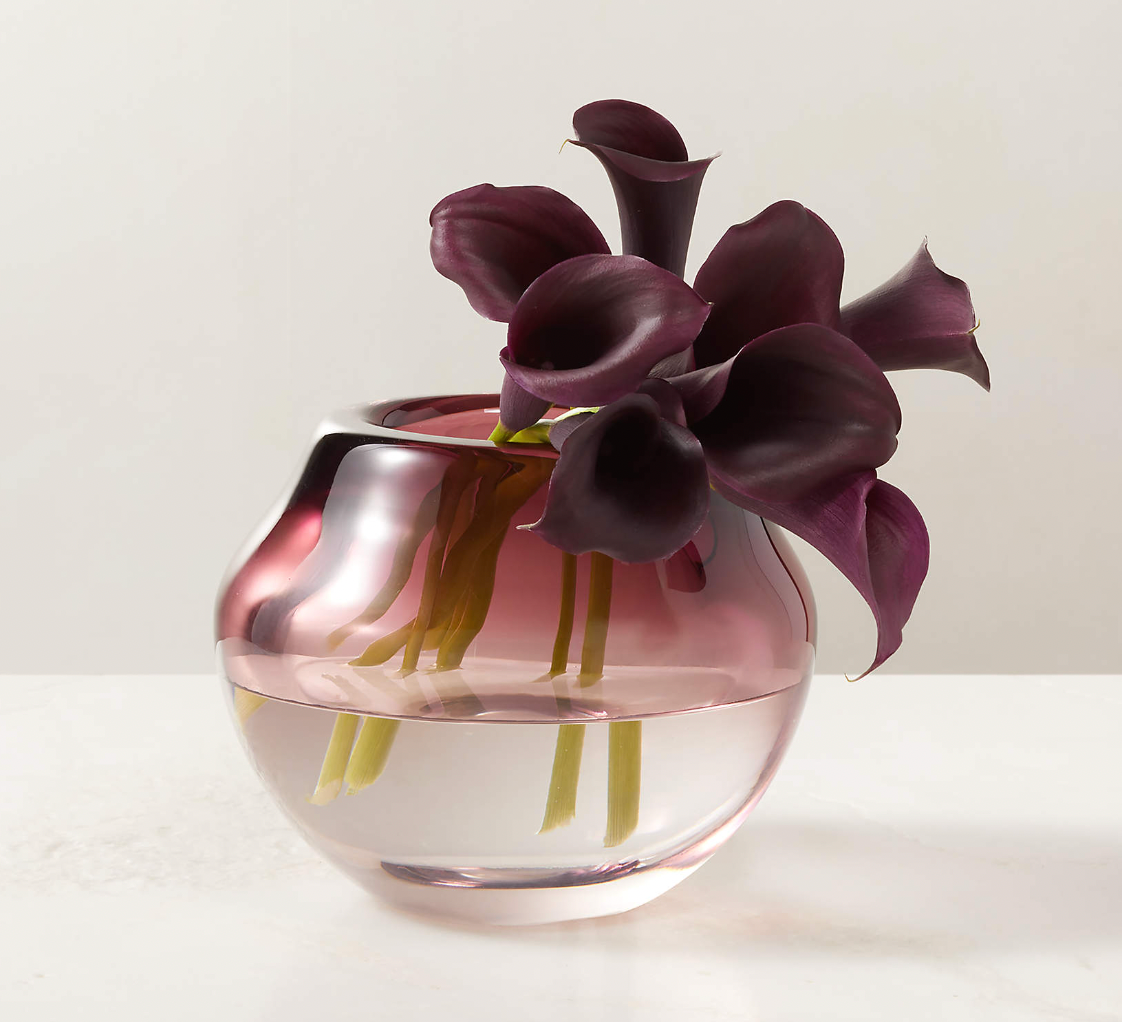
Blackheads are sort of the bane of our existence as it is, but a trapped blackhead you can’t quite get out from under the surface? There is a special layer of hell reserved for those stubborn jerks in particular. The feeling to pick at it grows every time you look in the mirror, and those pore strips can only do so much. Extracting it is the only logical option left, but there’s a certain art to the technique so that you don’t end up red all over, or worse, with broken capillaries.
That’s why we asked celebrity facialist Ildi Pekar, who works with Miranda Kerr, to provide some of her expertise on the technique, and how to tell when a blackhead is ready to be extracted.
“Blackheads are born ready to extract. They’re made of sebum stuck in your pore or follicle, and when it is exposed to oxygen, it starts to oxidize and turn black,” she explains. “I wouldn’t recommend using a tool if you’re extracting on your own because when you apply the incorrect position and pressure, it is harder to judge what is happening.” Using your fingers—not your nails—is a better option, advises Pekar, as you can sense just how much pressure to apply to the area. If you’re afraid that your nails might mar up your skin, consider wrapping your fingers in tissue paper as a protective layer.
1. Begin by cleansing and exfoliating your skin, then steam the area to help knock the blackhead somewhat loose.
2. With clean fingers, apply even pressure to either side of the blackhead until you see movement and the sebum starts to come out on its own. You’ll want to space your fingers far enough from each other so that they effectively remove all of the gunk under the surface, and keep re-positioning them as you work your way around the area.
3. Be especially careful around your nose, as it is one of the most sensitive areas on the face.
“Once your skin tone in the area of extracting is even, you’ll know there isn’t any sebum left in the pore, and that it appears clean,” Pekar adds. Finish with a swipe of toner to clean your skin, and to help close up the pore.
This article was originally published on InStyle.









